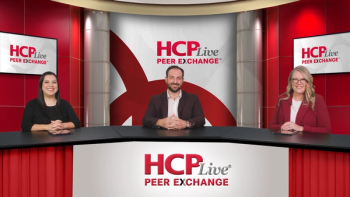
- April 2022
- Volume 39
- Issue 3
Treating the patient
Dr. Tan shares what articles she thinks are "can't miss" in the April issue of Contemporary Pediatrics.
Greetings, everyone.
Food allergies are always a source of concern in children. Because dairy is one of the most common allergies reported in pediatric health, this month our regular contributor, Rachael Zimlich, BSN, RN, covers
On the COVID-19 front, we spoke with William J. Muller, MD, PhD, whose positions include scientific director of clinical and community trials at the Stanley Manne Children’s Research Institute at Ann & Robert H. Lurie Children’s Hospital of Chicago in Illinois. He
Continuing the topic of infectious/respiratory disease, Editorial Advisory Board member Rana F. Hamdy, MD, MPH, MSCE, shares what every pediatrician should know about
Other don’t-miss articles in this month’s issue address
As 19th-century Canadian physician William Osler said, “The good physician treats the disease; the great physician treats the patient who has the disease.” I believe that doctors who chose pediatrics do this every day: Treat the patient in totality.
Please stay safe and well. As always, I welcome your suggestions, comments, and questions.
With warm regards,
Tina Q. Tan
Reference
1. Respiratory syncytial virus infection (RSV). Centers for Disease Control and Prevention. Updated December 18, 2020. Accessed March 1, 2022.
Articles in this issue
over 3 years ago
Looking at the spectrum of diaper dermatitisover 3 years ago
Less is more: Use the shortest effective duration of antibioticsover 3 years ago
Fever and facial swelling in a neonateover 3 years ago
Vaccines for COVID-19 and RSV: An updateover 3 years ago
Diagnosis and treatment of cannabinoid hyperemesis syndromeover 3 years ago
Breast may be best, but bottles do the job tooover 3 years ago
A novel surgical approach offers scarless thyroidectomyover 3 years ago
Which ELGANs are most at risk of low lung function?over 3 years ago
Phototherapy increases risk of neoplasmsNewsletter
Access practical, evidence-based guidance to support better care for our youngest patients. Join our email list for the latest clinical updates.




